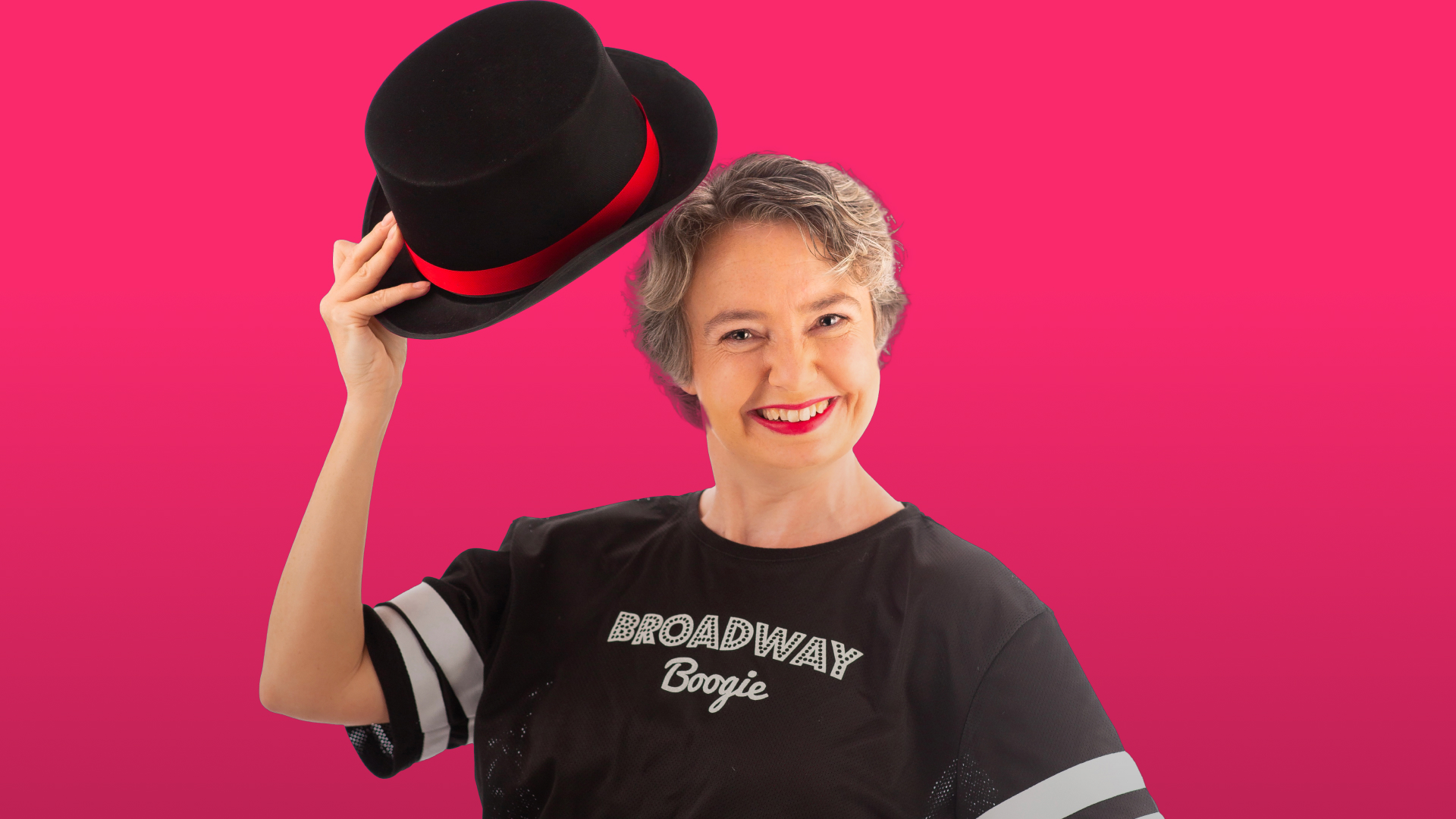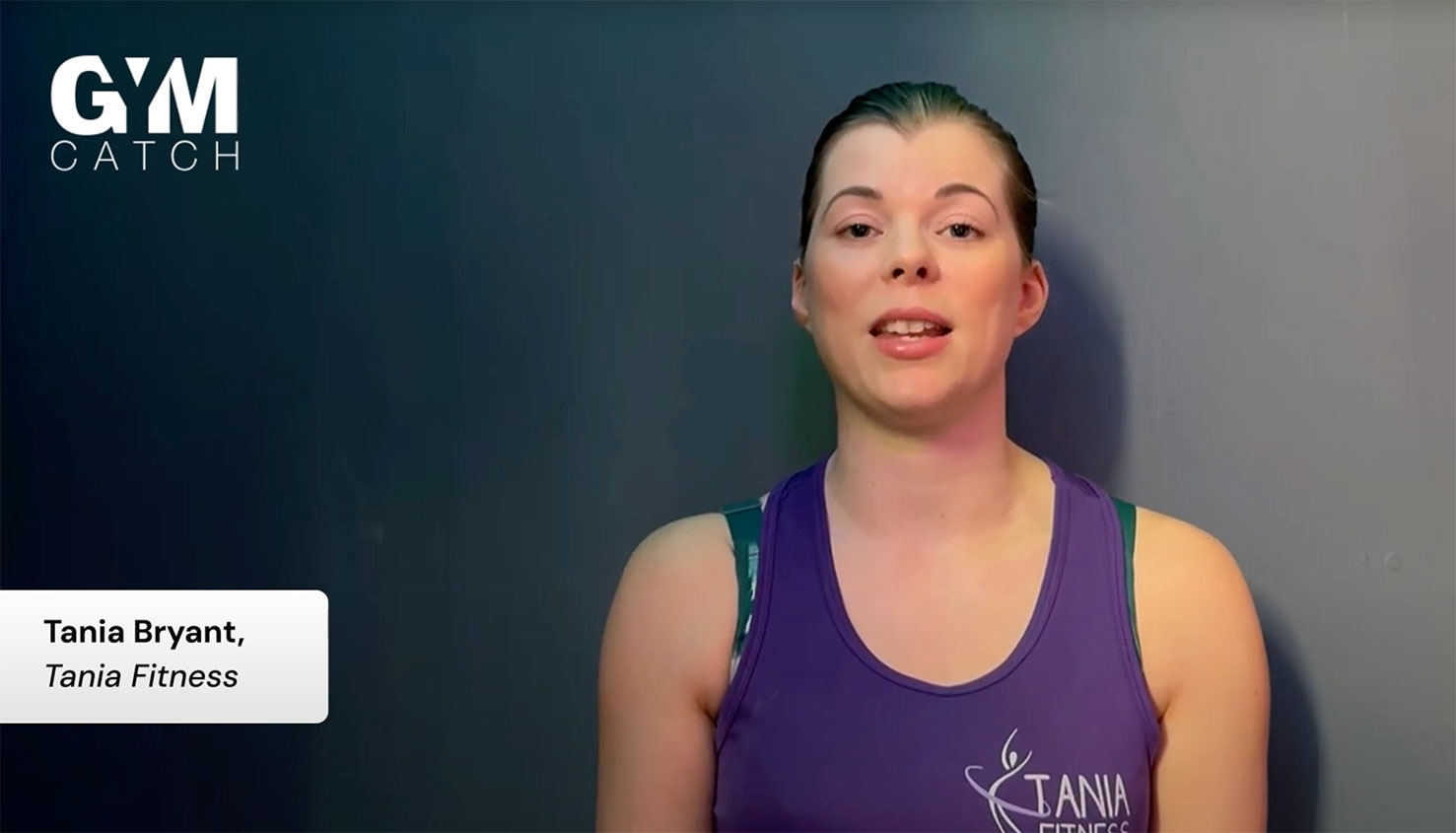If you’re a fitness professional or group instructor, you likely entered the industry due to your passion for helping people, not spending hours tracking attendance on spreadsheets. Managing bookings, chasing payments, filling last-minute cancellations, and keeping clients informed can quickly take over your day-to-day routine.
Fear not, however, help is at hand! Automation can be your friend – by streamlining repetitive tasks, automation tools can help free up your time, reduce stress, and ensure that your business runs smoothly.
In this article we explore how fitness professionals are saving 28 hours a month (based on a survey of over 300 customers run by Gymcatch in November 2024) by automating their bookings, payments, waitlists, notifications and more.
Automated bookings: eliminating manual scheduling
Manual scheduling your customers into a class or session can be one of the most time-consuming parts of running your fitness business. Communicating with clients, managing bookings, and confirming class spots, can easily become overwhelming as your client list grows. Here we list a few of the many benefits of automating your bookings:
-
- Streamlined scheduling: Automation means clients can book directly through a booking system, with instant confirmation. No more back and forth emails or messages.
- Improved client experience: Giving clients control over their own bookings creates a better experience for them while freeing up your time, making them more likely to book and commit. Clients are more likely to show up when they’ve chosen and confirmed their spot themselves.
- Booking flexibility: An automated booking system allows for recurring bookings, last-minute registrations and puts cancellations (and their credit backs or not) in your complete control
- Easy information gathering: Get the information for waivers and contact details upfront at first booking or when you update your requirements.
Gymcatch’s features allow you to customise all of the above and more.
The value of automated waitlists
No-shows and last-minute cancellations can be both frustrating and costly, but by implementing waitlists, you ensure that even if someone cancels, another client can take their spot.
- Fill gaps in your class: a waitlist feature in your booking system will notify clients when a spot becomes available. This ensures classes remain full and you don’t lose out on revenue.
- Stay organized: You no longer need to manually track who’s next in line or send messages to clients about cancellations. A waitlist feature will automate this for you.
Gymcatch offers an automated waitlist feature that notifies clients when spaces open up, keeping classes full and maximising your potential earnings.
Simplify payments with automation
Chasing payments can be very stressful and take up time. However, with an automated payment system, where payment is taken at time of booking you can ensure your income is secure and consistent without the hassle.
-
- Upfront payments: Clients pay at the time of booking, whether it’s for individual classes, memberships, or packages.
- No more late payments: Automation takes care of all payments, so you never have to worry about chasing your clients for unpaid classes or sessions.
- Flexible options: From pay-as-you-go to memberships, automation lets you offer a variety of payment methods without you having to manually keep a tally.
- Catering for the outlier: And if someone really doesn’t want to book themselves, you can still decide to handle this quickly and easily for them, or enable a ‘pay on the door’ booking option.
By using Gymcatch, you can integrate secure payment solutions directly into your booking system, making the process easy for both you and your clients.
Keeping clients informed with notifications
Whether it’s confirming a spot in a class, reminding clients about upcoming sessions, or notifying them about changes, manual communication can drain your time and energy. Automation can transform how you communicate with your clients.
- Instant booking confirmations: Clients receive confirmation of their booking and payment straight away, giving them peace of mind.
- Customisable notifications: Adjust notifications to fit your clients’ communication preferences.
Gymcatch’s notification features let you focus on delivering a great class, while clients stay informed.
Automation doesn’t have to break the bank
One of the best things about automation is that it doesn’t now have to be expensive. Gymcatch is designed specifically as an affordable solution for the fitness and wellness market. Starting at just £12.75/month (USD $18/ EUR €14), Gymcatch makes automation an accessible solution for group instructors and small businesses.
By automating bookings, payments, waitlists, and notifications, you can reduce stress, and focus on delivering great sessions and classes to your clients. Whether you’re running group classes, one-on-one personal training, or workshops, automation tools can make your business run more efficiently.
Gymcatch is one example of a booking system that brings all of these features together in one affordable solution. But whatever tools you choose, embracing automation can help you grow your fitness business while giving you more time to focus on what you love.
If admin tasks are eating up your time and you’re ready to reclaim 28* hours a month, it’s time to see how automation can transform your workflow. Discover how booking software like Gymcatch can simplify your life and help you focus on what matters most!
Find out more how Gymcatch can help you automate your business.
(based on a survey of over 300 customers run by Gymcatch in November 2024)*












